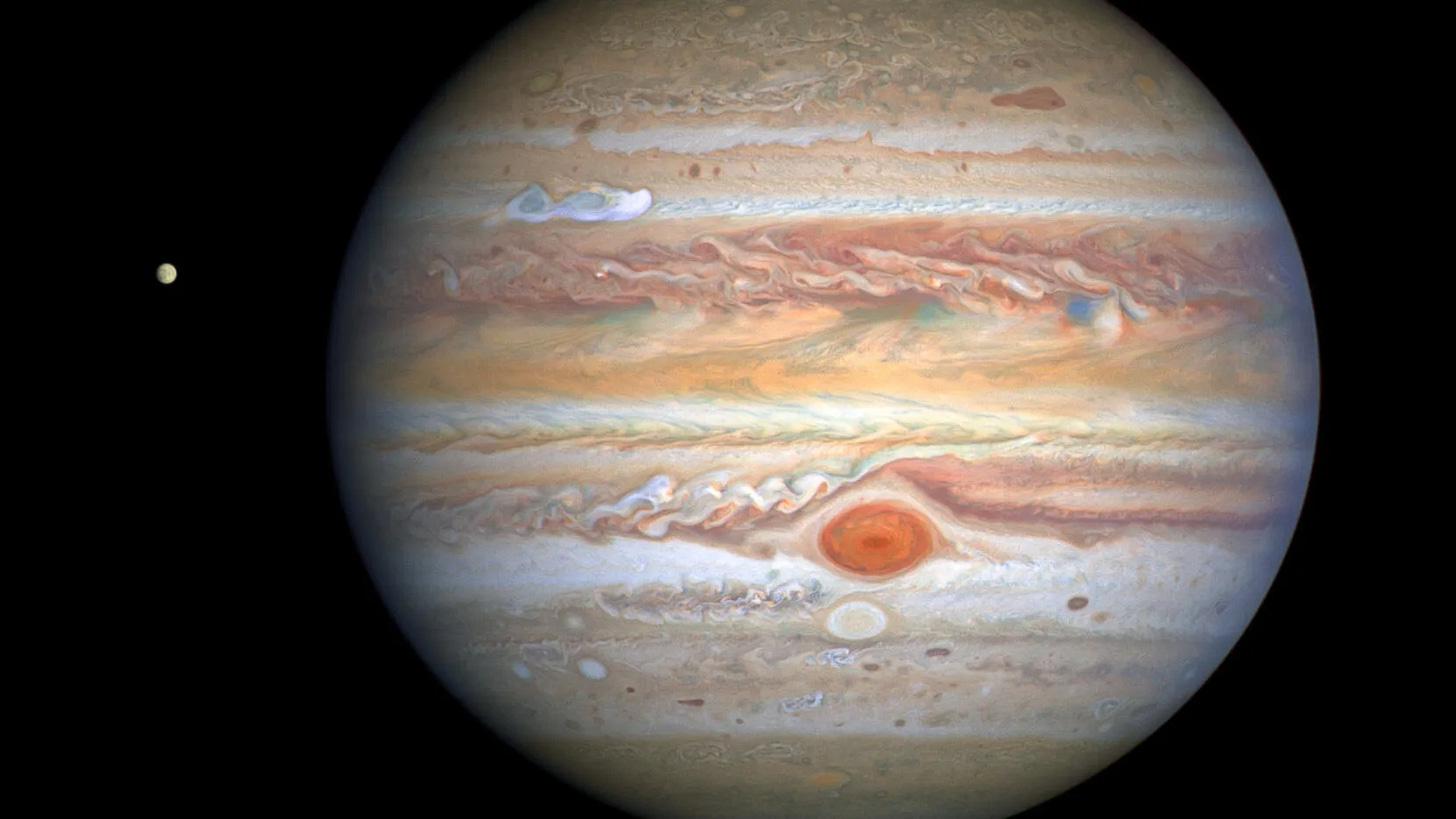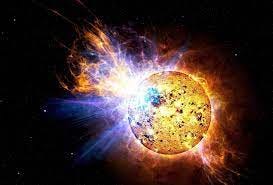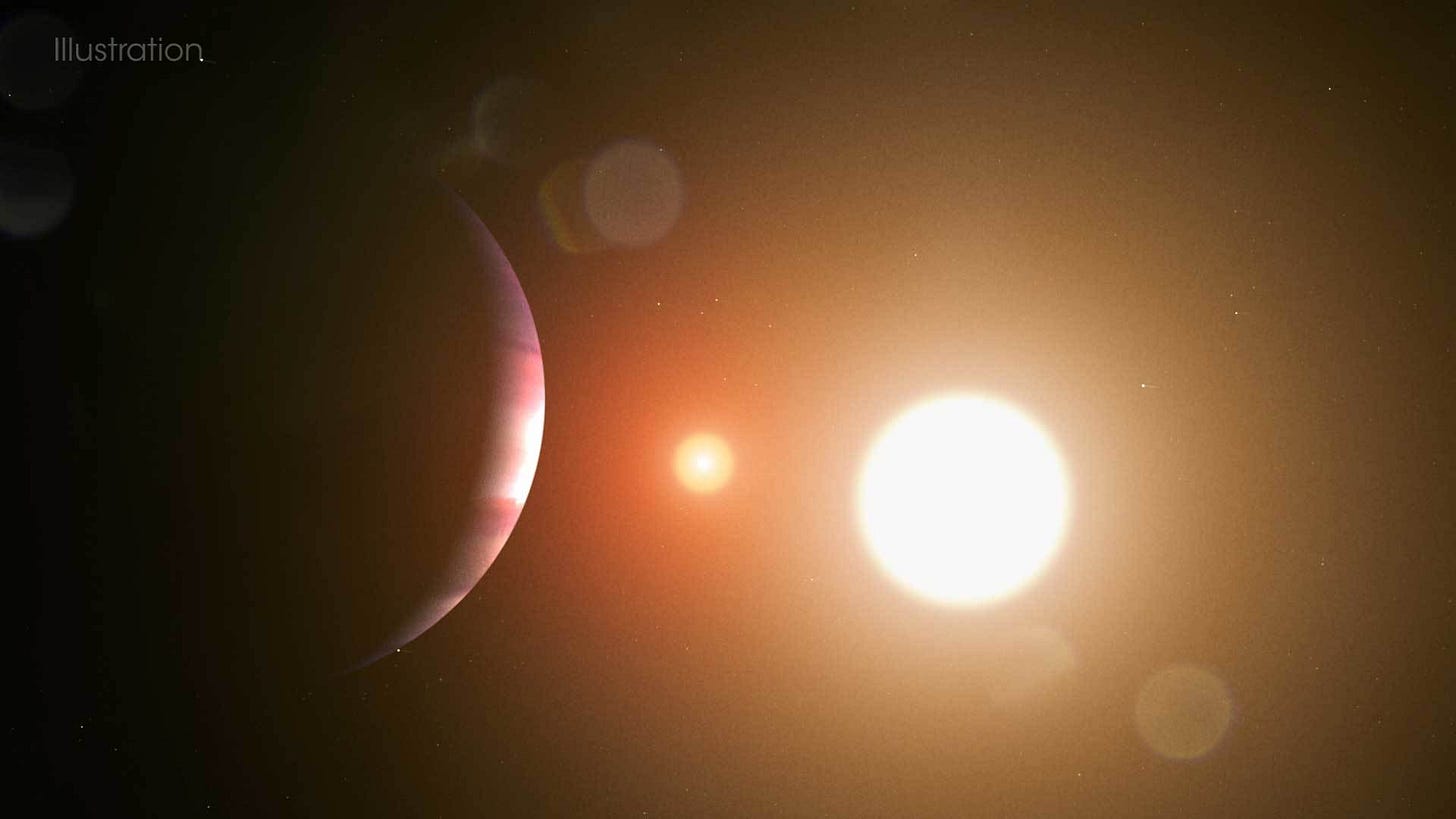Weekly - James Webb captures exoplanet with 2 suns and more.
Weekly Space News - Quick and Easy
Asia inaugurates its largest liquid mirror telescope
Asia's largest liquid mirror telescope: ILMT, was inaugurated last week. The International Liquid-Mirror Telescope is situated in Uttarakhand, India. A liquid mirror telescope is a type of telescope that uses a spinning reflective liquid, such as mercury, to focus light and capture images of astronomical objects, unlike regular telescopes which use solid mirrors made of glass or metal. The ILMT’s mirror is 4 meters in diameter making it the largest liquid mirror telescope in Asia. For more info click here.
Hubble telescope finds that the great red spot is shrinking
Last week, NASA’s Hubble telescope unearthed a new discovery. It spotted that Jupiter's great red spot was shrinking. The great red spot is a massive storm on Jupiter that has been observed for hundreds of years. The great red spot is so big that its diameter is more than that of the earth but now it appears to be shrinking. The great red spot has now become more circular than ovalish.
Astronomers protest against light pollution by satellites
Light pollution is becoming a major problem today. Last week on Monday astronomers and researchers issued a warning stating that the increasing number of satellites orbiting the Earth was causing significant light pollution. The number of satellites in the sky has more than doubled since 2019 and the number just keeps rising. There are approximately 3,000 functioning satellites in space. The light pollution generated by these satellites is reducing the visibility of stars in the sky and affecting the work of scientists and researchers.
Massive solar storm hits earth
A massive solar storm hit the earth last week. While the storm was already expected, the intensity of the solar storm was much stronger than what people thought it would be. The US National Ocean and Atmospheric Administration (NOAA) gave the storm a severity level of G4 which is the second strongest type of solar storm. The storm caused auroras visible till New Mexico in the US.
James Webb captures planet with 2 suns
Last week NASA’s James Webb telescope captured an exoplanet 40 light years away from the earth that orbited 2 suns. The red exoplanet called VHS 1256 b is a relatively young planet that orbits 2 suns instead of one over a 10,000-year period.






